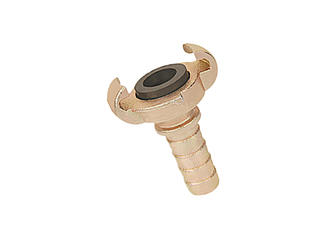Here's a practical breakdown of hose clamp sizing for real-world use:
Content
1. Tiny Clamps (Pencil-Thin Hoses)
Where you'll see them: Fuel injector lines, aquarium pumps, small coolant bypass hoses.
Spot them by eye: Screw head is smaller than a pea, band width like a toothpick.
Warning: Overtightening snaps these instantly. Finger-tight plus a nudge with a screwdriver is max.
2. Standard Sizes (Common Hoses)
Daily drivers: Radiator hoses, heater cores, washing machine hookups.
Visual cues:
Width matches a shoelace (~1/2 inch).
Screw head is dime-sized.
Fit tip: Should cover the hose's ribbed section fully without pinching ends.
3. Heavy-Duty (Thick Hoses & High Pressure)
Typical jobs: Turbocharger pipes, hydraulic lines, industrial water pumps.
Recognition:
Band as wide as your thumb.
Uses hex nuts or T-bolts instead of small screws.
Key point: Needs proper torque tools – hand-tightening won't cut it.
4. Extra-Large (Industrial/Agricultural)
Uses: Tractor hydraulics, pool filters, factory drainage.
Telltale signs:
Clamp band resembles a fender washer.
Requires two wrenches to tighten.
Field hack: For odd sizes, pros overlap two clamps side-by-side.
5. Spring Clamp Sizes (No Adjustments)
Found in: Car engine bays (factory coolant hoses), appliances.
Sizing secret: Color codes (blue=small, green=medium, red=large).
Replacement rule: Always match the original's shape – a different bend won't grip right.


 英语
英语 俄语
俄语












